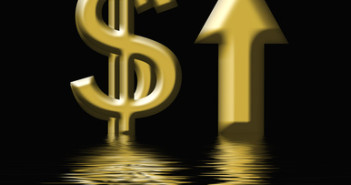The Federal Reserve did not change its language regarding the rate hike: the word “considerable” remained in the text. In addition, the labor market is still seen as “underutilized”.
However, we are in a bullish USD market and markets found not-so-important changes to get hung upon: a second hawkish dissenter, a marginal rise in the number of members seeing a hike in 2015 and an explicit wording about the end of QE in October. This is not shocking news. .However, this triggered significant dollar buying in the aftermath of the statement and during Yellen’s press conference. The more important test is in the European session: at this time, liquidity will be higher and all the analysts will have written their takes on the Fed-fest. What will be the verdict?
It seems that markets are hungry for dollars, and that this is set to continue. But against which currencies?
- JPY: The Japaneses economy is weak and USD/JPY made a major breakout. This is the most vulnerable currency. It crossed 108 on the announcement and it seems that it won’t stop until 110.
- EUR: While Tellen is about to end QE and eventually raise rates, Draghi is going in the other direction and wants a weaker euro. The common currency is also very weak. Update: EUR/USD breaks down to a new 14 month low.
- CHF: The Swiss franc follows the euro and could also suffer a negative deposit rate of its own. We could see a change in policy, and to the dovish side.
- AUD: The Australian dollar is the next in line after it has shown signs of weakness, refusing to rise on good news. More: AUD/USD at fresh 6 month lows on post FOMC dollar rush
- NZD: The kiwi is less vulnerable as it has fallen quite a bit.
- CAD: The Canadian economy is doing relatively well and could enjoy stronger US demand. The C$ is the strongest in this list of currencies.
Where is the pound? It’s currently out of the game, due to the Scottish referendum. All eyes are on Edinburgh. Here is a timetable of the Scottish referendum with links to all the latest on this historic event.
